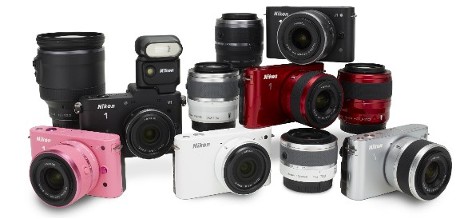|
HOME
Technology Dec 2011 Give it your best shot No compromise cameras |
|
“Photographers can grow their collection of lenses to better suit wide angle, portrait or landscape work, macro to get down to insect level or ultra zoom for detail in the distance.” A new category of camera is finding a niche in the yawning gap between compact point-and-click models for the hobbyist and bulkier SLR systems for the enthusiast and professional.
Mirrorless
interchangeable lens cameras (MILC)
are
aimed at compact users wanting to step up to the
performance and image quality
of more
light-aware system cameras. This also makes way for the compact size camera bodies to accommodate interchangeable lenses; some have standardised fittings across brands and are backwardly compatible with earlier models. Photographers can grow their collection of lenses to better suit wide angle, portrait or landscape work, macro to get down to insect level or ultra zoom for detail in the distance.
Twin
lens preferred Leica, Epson, Olympus, Panasonic, Samsung, Pentax and Sony all have product in the market and the recent entry of number two SLR maker Nikon added further credibility.
Ken
Newell, Nikon product manager with distributor T.A. Macalister, says
Nikon rebuilt its Nikon 1 from the ground up and the unique CCD sensor
more than makes up for the 10Mpixel specification.
Clever
comparison
He
claims the Nikons have “processing power to burn”, and can capture
8Mpixel still frames while shooting 1080i HD video at 60 frames per
second. He says the new trio of 12.3Mpixels Olympus PEN cameras have CCD image sensors 10 times larger than compact cameras, delivering bigger pixels in a more dynamic range. Image stabilising is achieved by placing the CCD chip on a gyro to ensure smooth still and video images. And says Millidge, the auto focus is blindingly fast. “Point it at something and it’s immediately focussed.”
The
cameras shoot 1980 x 1080 high definition (HD) video and use a pixel
binning technique which “creates three lines of information before the
sensor selects the best and bins the rest.” While compact cameras are now more affordable than ever and innovation continues in the digital SLR market, mirrorless looks set to capture ground from both. |
